The Marismas del Odiel Paraje Natural is at the confluence of the Rio Odiel and Rio Tinto in Huelva province, Andalucia, Spain
By Nick Nutter | Updated 25 Aug 2022 | Huelva | Birdwatching |
Login to add to YOUR Favourites or Read Later
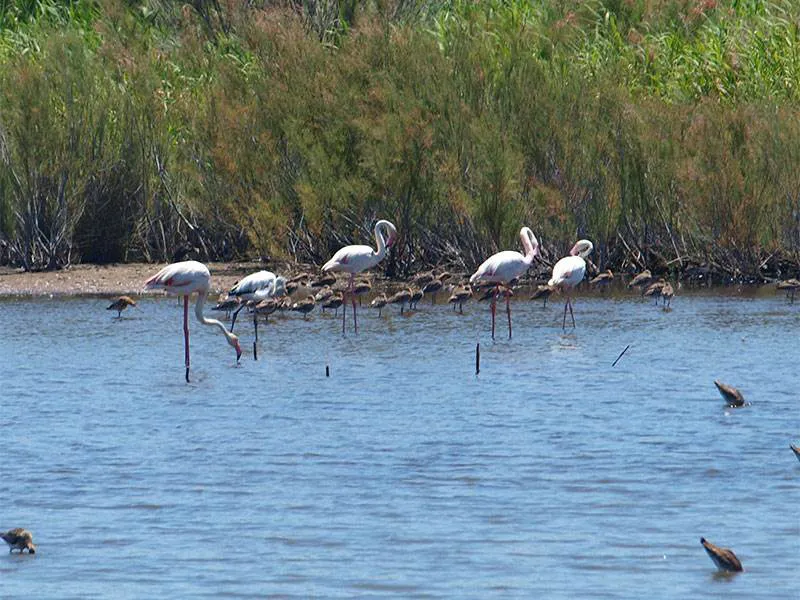
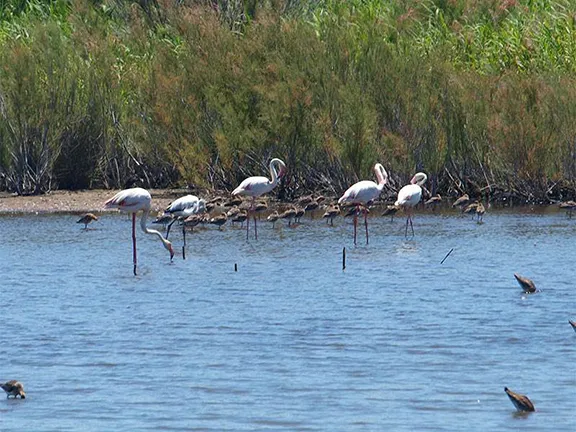
Located in the south of the province of Huelva, at the convergence of the mouths of the Tinto and Odiel Rivers, the confluence of fresh and salt water has produced an area of tidal marshland known as the Odiel Marshes.
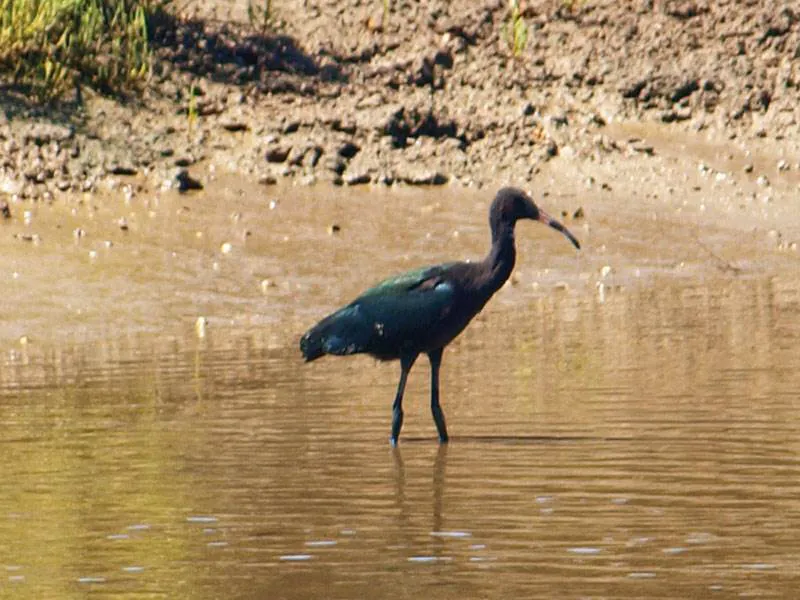
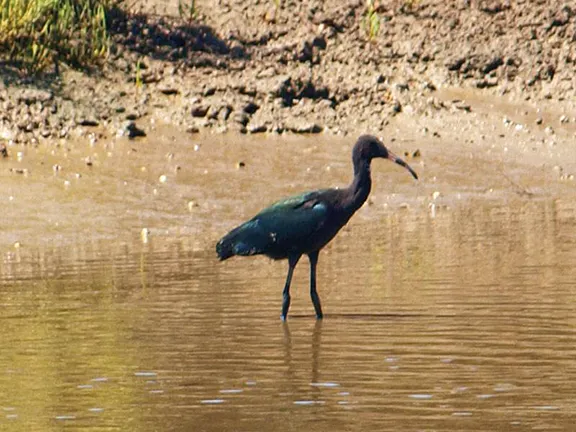
Both rivers deposit a large amount of nutrient-rich sediment at their mouths. These are the primary food source for the birds that live in the Nature Area. Meanwhile, this constant supply of nutrients and the strength of the tides form islands separated by long channels of water, such as the Islands of Enmedio, Saltés and Bacuta, to the south of the area. This salt-water environment determines the predominance of plant species resistant to high salt concentrations, known as halophyte plants.
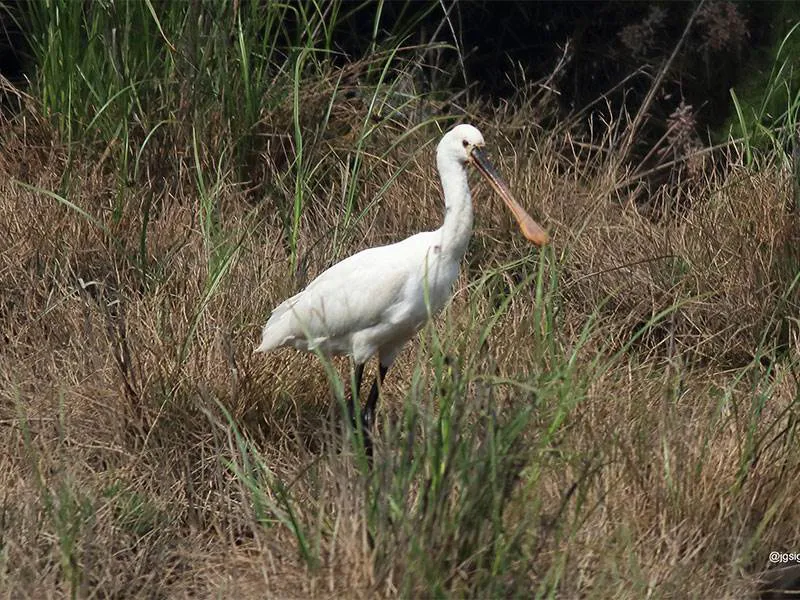
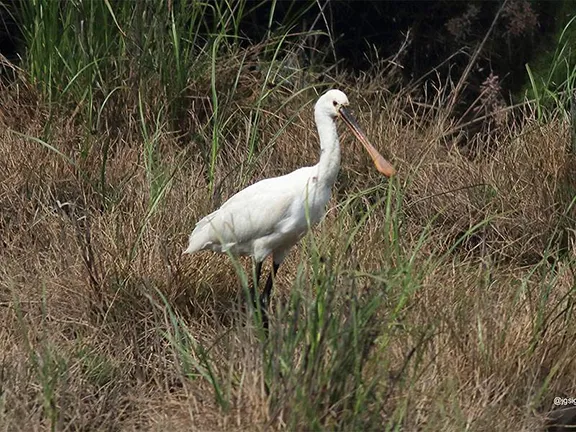
Part of its ecological wealth stems from the variety of landscapes that make up this area. There are tidal marshes, lakes such as Batán and Taraje, Espigón Beach and the forests of El Almendral, El Acebuchal and La Cascajera. It is unusual on account of its extreme flatness making it easy to see the hundreds of birds that arrive in the area to feed and nest.
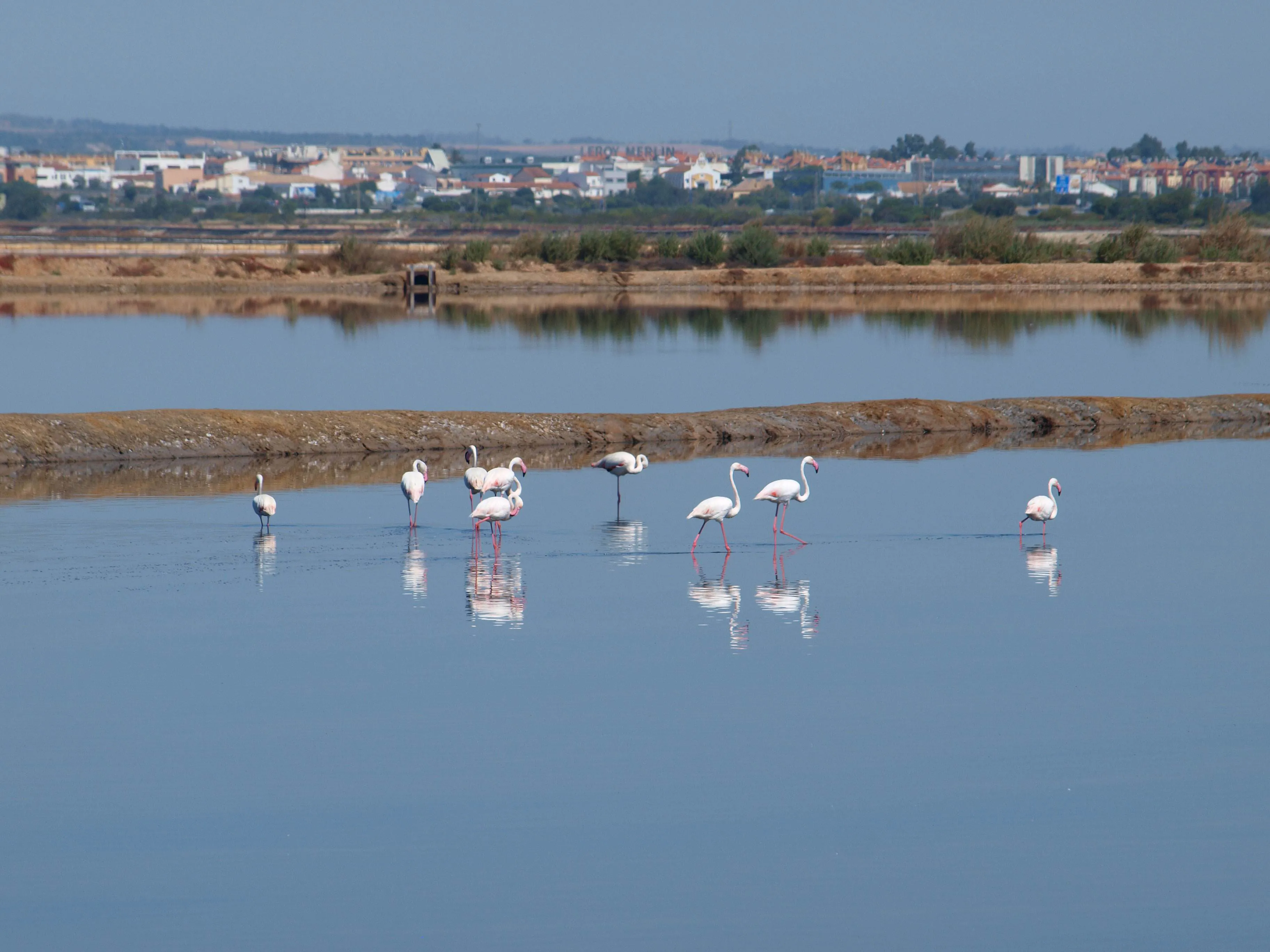
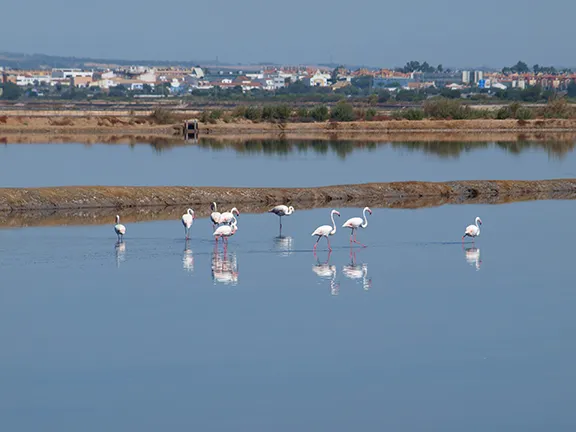
One of the main areas is Enmedio Island. It is home to one of Europe's largest breeding grounds for spoonbills, which are an endangered species. These birds build their nests with mud and a range of plant material to make small platforms located in these marshland areas in the shelter of annual sea-blite and salt meadow cordgrass plants. When the eggs hatch, the chicks are fed by both their parents. On any day you should see grebes, cormorants, flamingos, diverse species of gull, as well as waders such as redshanks, whimbrels and black-winged stilts.
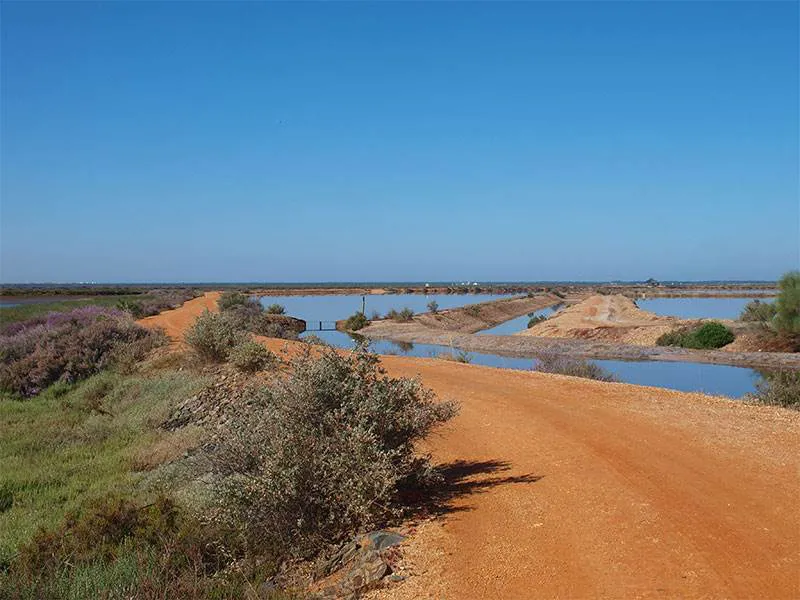
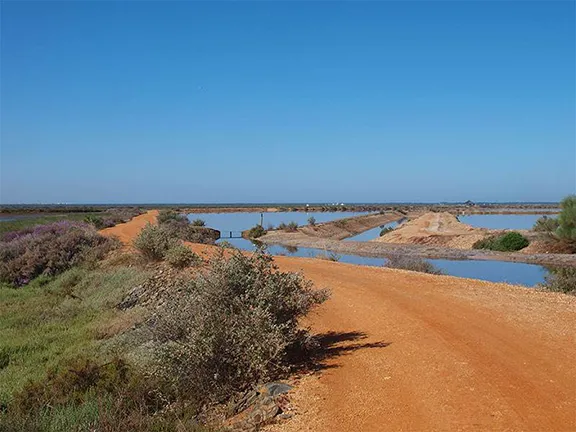
Salt production is one of the oldest uses of natural resources in this area. The Bacuta Salt Pans are an example of traditional extraction, while the Aragonesas is more industrial. Pine nut collection, beekeeping, livestock rearing, fishing and shellfish collecting are the main traditional activities in this Natural Area.
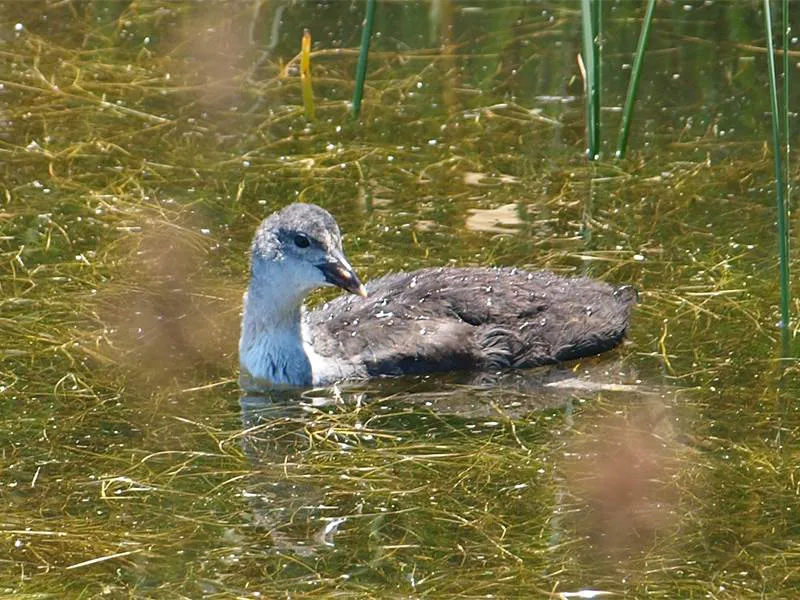
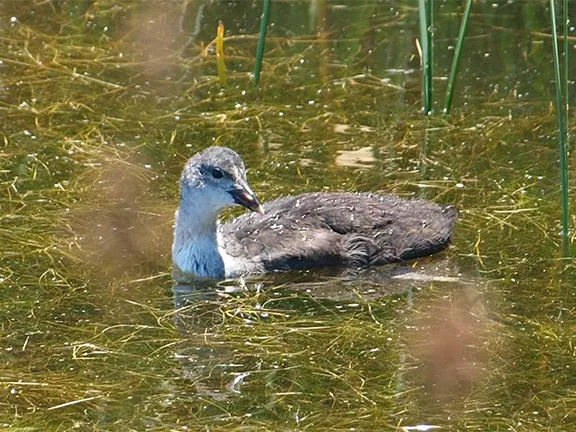
The wealth of minerals, salt and fish in this area, along with its strategic geographical location, led to this region being colonised by a range of different cultures. Some believe that the ancient city of Tartessos was located here. There are remains of fish-salting basins from Roman times, and the Salthish archaeological site on the island of Saltés dates to the Moors; this was a major city, capital of the taifal kingdom of the Bakrids in the 10th and 11th centuries. Finally, for some beautiful views of the estuary, take a walk around the old Riotinto company loading wharf, built to load minerals arriving by rail.
Marisma de El Burro Nature Reserve is at the southernmost point of the Odiel Estuary salt marshes, at the confluence of the Odiel river with the Burro Chico stream and the Carlota estuary. It is part of the tidal marshes associated with the mouths of the rivers Tinto and Odiel.
The vegetation in the marsh is characterised by the presence of tamarisks, Phoenicean Juniper and mastic trees. Right beside the coast, there are species especially adapted to the salinity, including borraza and the scorpiurus of marshland, while on the outskirts there is marsh vegetation of rushes and bulrushes.
Thousands of migratory birds pass through the area. The most significant speciea are the spoonbills. You can also expect to see grey heron and purple heron, storks, glossy ibis, cranes, egrets, and birds of prey such as ospreys and marsh harriers.
Isla de Enmedio Nature Reserve is in the southern part of the Marismas del Odiel marshes, west of the city of Huelva. It is part of the Marismas del Odiel Paraje Natural.
The area is important for having the largest colony of nesting spoon-bills in Spain; they only nest here (30%) and in Doñana National Park. Other species that breed here include herons, egrets and storks. We also find black-winged stilts, Kentish plovers, mallards, marsh harriers and Sardinian warblers. In winter these sites are vital for many species that find shelter here and an ideal place to feed. It is a stop-off point on the migratory routes of wading birds.